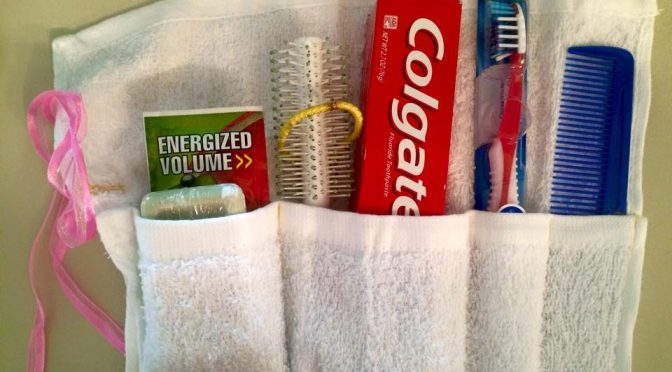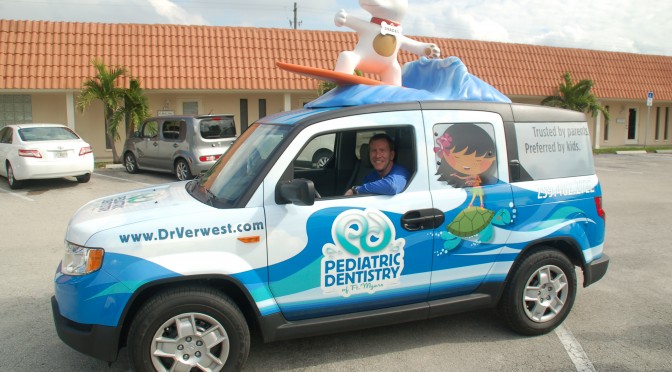5 Benefits of Visiting a Pediatric Dentist
The Difference Let’s face it – for some in past years visiting the dentist wasn’t the most fairy tale experience. Put your mind to[…]
Is Fruit Juice Affecting Your Teeth?
Ahh, fruit juice. It has amazing health benefits, especially being full of Vitamins and antioxidants, but did you know that it can take a toll[…]

Dr. Verwest donates to foster care children in Lee County
FORT MYERS, Fla. (October 6, 2016) – Pediatric Dentistry of Ft. Myers, Dr. Tim Verwest, DMD donated toothbrushes to foster care children in Lee County.[…]

Local Dentist Recognized as America’s Best Dentist for 2016
The National Consumer Advisory Board has named Pediatric Dentistry of Ft. Myers, Dr. Tim M. Verwest, DMD one of America’s Best Dentist for 2016. Selections[…]
Caring for teeth with braces
Braces are often placed in patients between 10 and 14 years of age to correct crooked or overcrowded teeth. “The benefits of braces are many,”[…]
Baby pacifiers: Pros and cons
Should parents let their infant use a pacifier? According to the Academy of General Dentistry (AGD), there are benefits as well as a downside to[…]
An apple a day may keep the dentist away
Dietary habits of schoolchildren encourage an increase in sugar intake leading to a greater risk of cavities, reports the Academy of General Dentistry. Over a[…]
Holiday sweets can be tough on teeth
The winter holidays are known for sweet treats and tempting goodies, but that doesn’t mean that you have to end up at the dentist with[…]
Sealants Critical to Children’s Oral Health
Sealants are plastic coatings that protect those difficult to reach pits and grooves on the chewing surfaces of the teeth from the bacteria that cause[…]
Help With Sensitive Teeth
One of the most common dental complaints involves sensitive teeth. Whether it’s biting into a cold ice cream cone or drinking a hot beverage, the[…]
